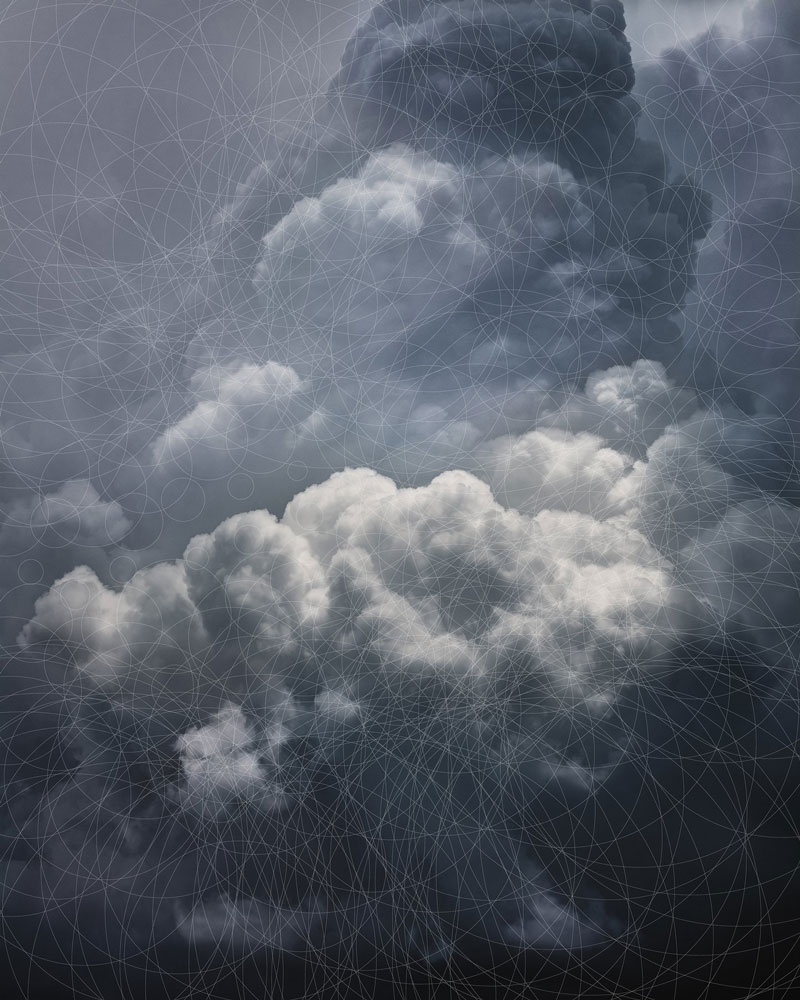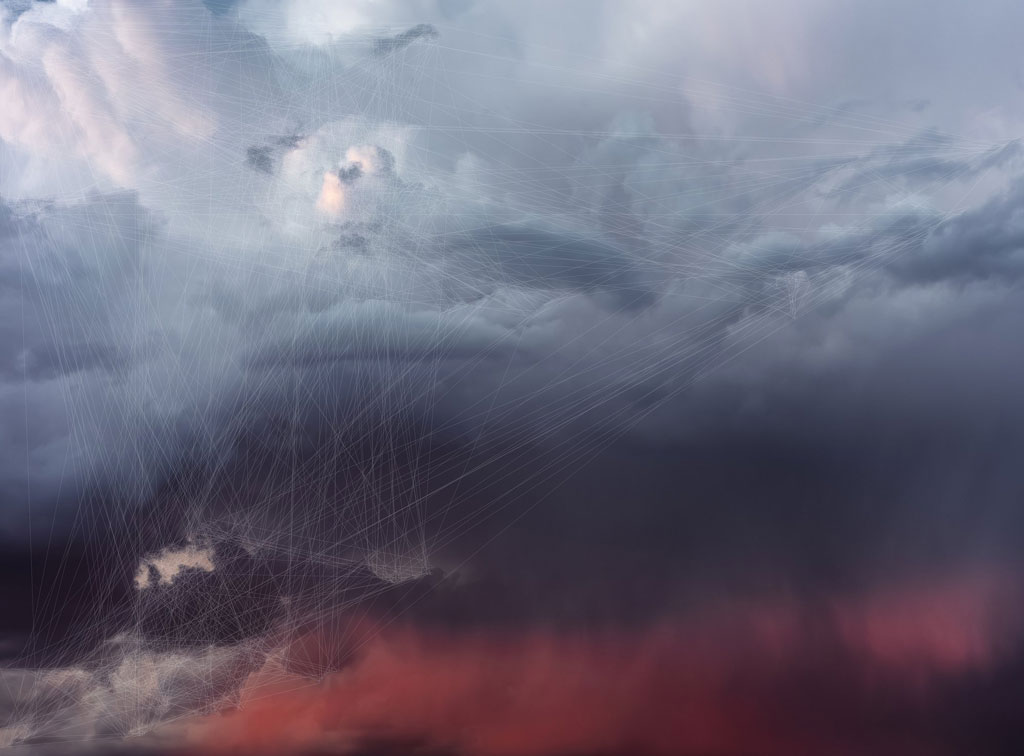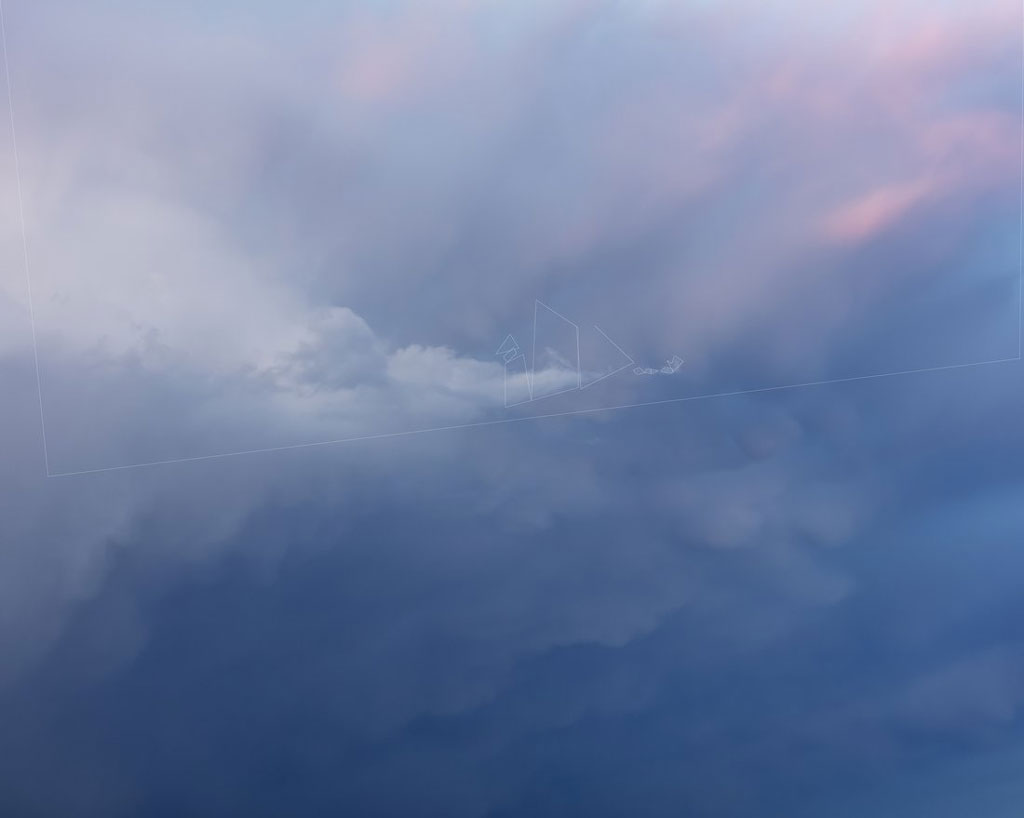ART CITIES:Geneva-Trevor Paglen
 Trevor Paglen was born in 1974 in Camp Springs, Maryland. Trained as a geographer and photographer, Paglen makes the invisible visible by documenting the American surveillance state of the 21st Century. From his vantage points at various public locations, he photographs distant military facilities, capturing extreme telephoto images of stealth drones. Turning his vision to the night sky, he traces the paths of information-gathering satellites.
Trevor Paglen was born in 1974 in Camp Springs, Maryland. Trained as a geographer and photographer, Paglen makes the invisible visible by documenting the American surveillance state of the 21st Century. From his vantage points at various public locations, he photographs distant military facilities, capturing extreme telephoto images of stealth drones. Turning his vision to the night sky, he traces the paths of information-gathering satellites.
By Dimitris Lempesis
Photo: Pace Gallery Archive

Trevor Paglen in his solo exhibition “The Shape of Clouds” explores central themes of computer intelligence, facial recognition technologies, and alternative futures. For the exhibition, Paglen takes as his starting point the way in which Artificial Intelligence networks are taught how to ‘see’, ‘hear’ and ‘perceive’ the world by engineers who feed them vast training sets. Standard training sets consist of images, video and sound libraries that depict objects, faces, facial expressions, gestures, actions, speech commands, eye movements and more. Paglen highlights how the advent of autonomous computer vision and AI has developed alongside this new kind of media, not designed for humans, but for machines, which are rife with hidden politics, biases, stereotypes and epistemological assumptions. Taking as a starting point ImageNet: one of the most widely shared, publicly available collection of images, which is also used to train artificial intelligence networks, Paglen queries the content of images chosen for machine learning. ImageNet contains more than fourteen-million images organised into more than 21,000 categories or ‘classes’. In most cases, the connotations of image categories and names are uncontroversial i.e. a ‘strawberry’ or ‘orange’. Others are classified under ‘debtors’, ‘alcoholics’ and ‘bad persons’. These definitions, if used in AI, suggest a world in which machines will be able to elicit different forms of judgement against humankind. “Computer vision and artificial intelligence have become ubiquitous. We are now living in a world of planetary-scale ‘Smart Cities’ that track license plates, cell phone signals, faces, and pedestrian movements; self-driving cars autonomously navigate urban environments; robotic factories use computer vision for quality assurance and logistics. The works in this exhibition seek to provide a small glimpse into the workings of these platforms, and into the underlying data that structures how machines ‘perceive’ images, language, landscapes, and people” says the artist. Trevor Paglen is known for investigating the invisible through the visible, with a wide-reaching approach that spans image making, sculpture, investigative journalism, writing, engineering, and numerous other disciplines. The clandestine and the hidden are revealed in series such as “The Black Sites”, “The Other Night Sky”, and “Limit Telelphotography” in which the limits of vision are explored through the histories of landscape photography, abstraction, Romanticism, and technology. Trevor Paglen’s investigation into the epistemology of representation can be seen in his “Symbology” and “Code Names” series which utilize text, video, object, and image to explore questions surrounding military culture and language. Among his chief concerns are learning how to see the historical moment we live in and developing the means to imagine alternative futures.
Info: Pace Gallery, Quai des Bergues 15-17, Geneva, Duration: 4/9-19/10/19, Days & Hours: Tue-Sat 10:00-18:00, www.pacegallery.com


